Writer Amanda Christmann
[dropcap]A[/dropcap]sk any tourist what brought them to Arizona, and you’ll likely hear something about the more obvious attractions: the Grand Canyon, the weather, and spring training et al. Anyone living in the desert knows, though, that it’s the unassuming things that make Arizona special.
It’s the fragile blooms of wildflowers that bring a patchwork of magical color each spring. It’s the silent explosion of oranges, purples and reds that fill the sky as the sun rises and sets each day. And it’s the most unlikely of attractions: the solemn, splendid birds that forego the comfort of leafy perches to live among the prickles and spines of the desert.
The brash and boisterous cactus wren is Arizona’s official state bird—a fact that should be of no surprise coming from a state that also boasts an official state tie and an official state gun. The tiny warbler always seems to have an opinion and is not afraid to let it be known.
Jeff Wendorff
Hometown: I was raised in very rural New Canton, Illinois and am now living in my 11th state, Portland, Oregon.
How you got started in photography: I’ve always had a camera, but I didn’t get serious until my first safari in South Africa in 2003. David Middleton has been my friend and mentor almost that long.
What inspires you: My photography inspiration comes from a slightly different angle. I have long admired and collected art by the Canadian painter, Robert Bateman. When I was finding my way as a photographer, I kept working to see wildlife in a way that Mr. Bateman might paint. I still keyword my best environmental portraits as “Bateman.”
Most memorable experience photographing Arizona birds: Oh boy! Well, the one that I tell the most is getting hit in the head by the wing of a Ferruginous hawk as it ‘worked’ the crowd at the Arizona Sonora Desert Museum.
Your most important piece of advice to budding photographers: Practice, practice and then practice some more. Stay true to your vision and never believe critiques from your relatives, unless your last name is Adams.
Gambel’s quail are also common neighbors. Easily identifiable by their comma-shaped topknot of feathers, drivers here know to stop their cars to allow them to trot their tiny babies across roads in the spring.
Other birds, such as the “desert default bird,” the curved-bill thrasher, and the quirky, speedy roadrunner, who dashes across the hot desert floor at the same rate as most tourists who try to cross poolside pavement in the summer months, are just as much of a treat to spot.
Lisa Langell
Hometown: Marine City, Michigan
Current Residence: Scottsdale, Arizona
How you got started in photography: My passion started in photography first with bird watching. My incredible Great Aunt Josephine James taught me about birds at age 8. When I was 14, I received a Canon A-1 (35mm film camera). With it in hand, we traveled to Point Pelee, Ontario, Canada for the world-renowned spring bird migration. We saw over 100 species in one day! The tiny, colorful warblers were my favorite. I drooled at not only the birds, but at the many nature photographers with their long lenses. I distinctly remember thinking, ‘I want to do that someday!’ That started my story and my journey.
What inspires you: Nature inspires me! It’s ever-changing, moody, resilient—yet fragile, and stunningly beautiful. I love the challenge of photographing it in a way that doesn’t just capture an image of what I see, but truly captures the emotion of the moment that transpired while I was there.
Most memorable experience photographing Arizona birds: I was at the Gilbert Riparian Preserve one early Friday morning photographing American Avocets—gorgeous, leggy, colorful birds. Suddenly, about 60 feet from me, I heard a massive crash into the water—and sprinting across the pond was a coyote! It was hunting a covey of ducks and was successful by using the element of surprise! I luckily locked focus in time for some spectacular images.
Your most important piece of advice to budding photographers: Photography is a journey. Take your time, enjoy each step, and find joy in not just the photographs, but the experiences you have while seeking them.
No matter what kind of feathered friend we spy among the desert landscape, they are always a nice reminder of the vibrant desert life that surrounds us, and that is so intimately interwoven with and interdependent on our own existence.
Tim Boyer
Hometown: I grew up in Kent Washington and now live a few miles North of Kent in Renton, Washington.
How you got started in photography: I learned photography in high school as one of the photographers for the newspaper and annual. I’m mostly a self-taught photographer; I started photographing birds in 2000, and would photograph on the weekends. Monday mornings, I would drop off my slide film at a professional developing lab, then pick it up on my lunch break. I’d edit my slides in their lobby, tossing the bad images in their trashcan. By reviewing my images just after I’d taken them, I had three or four days to research what I needed to learn so that, by the next weekend, I could improve. In 2005, I switched to digital cameras, and that just made everything easier.
What inspires you: In 2006, there were a dozen snowy owls on Damon Point at Ocean Shores, Washington. I went out to photograph them, like a lot of other photographers, and we all left the parking lot around 7 a.m. when the sun was starting to come up. … I was walking into the sun, and the owls were backlit. … I had to figure out how to scoot around them without spooking them so I could get a decent shot. With several other photographers working each owl, this was problematic. I got a few shots, but nothing great, and it was a disappointing day.
The next weekend I left the parking lot at 4 a.m. and walked close to the end of Damon Point. I sat down and waited for the sun to come up. As the sun came up and I spotted the closest owl, I slowly walked toward it. With the owl in front of me and the sun behind me, I was in the right position, and it was just me and the owl. By not giving up after the first weekend, thinking about how I could get myself into the right position for the best photograph and waiting for good light—all of these things came together, and I was able to get a great shot. … Being patient with each bird, moving slowly, having the sun at my back, practicing good fieldcraft and having the perseverance to keep going back and keep thinking about how to get the best shot finally paid off.
Most memorable experience photographing Arizona birds: I was sitting in a photography blind near Green Valley waiting to photograph a green-tailed towhee. I knew it was there, but for three days it wouldn’t come out of the bushes. On the last day I was there, it came out to get some water. This happened near the end of the day, so I got the towhee in beautiful soft evening light. It’s one of my favorite images from Arizona.
Your most important piece of advice to budding photographers: Have patience, sit down and let the birds come to you. Don’t press them by walking toward them. Two things will happen: the birds will get closer to you and you’ll get a better shot, and you’ll get a more natural shot as the birds won’t be stressed out. If you see images of birds that are hunched over or compressed, they’re getting ready to jump up and fly away. These are stressed birds and the photographer was too close.
Thankfully, there are talented, perceptive photographers willing to rise with the early birds and brave the elements to capture the magnificence of these often-spectacular creatures. With the click of a button and the release of a shutter, these photographers are capturing some of Arizona’s most beautiful assets, one enduring photograph at a time.
We are grateful that they have chosen to share them with Images Arizona, and we hope you enjoy them as much as we do.

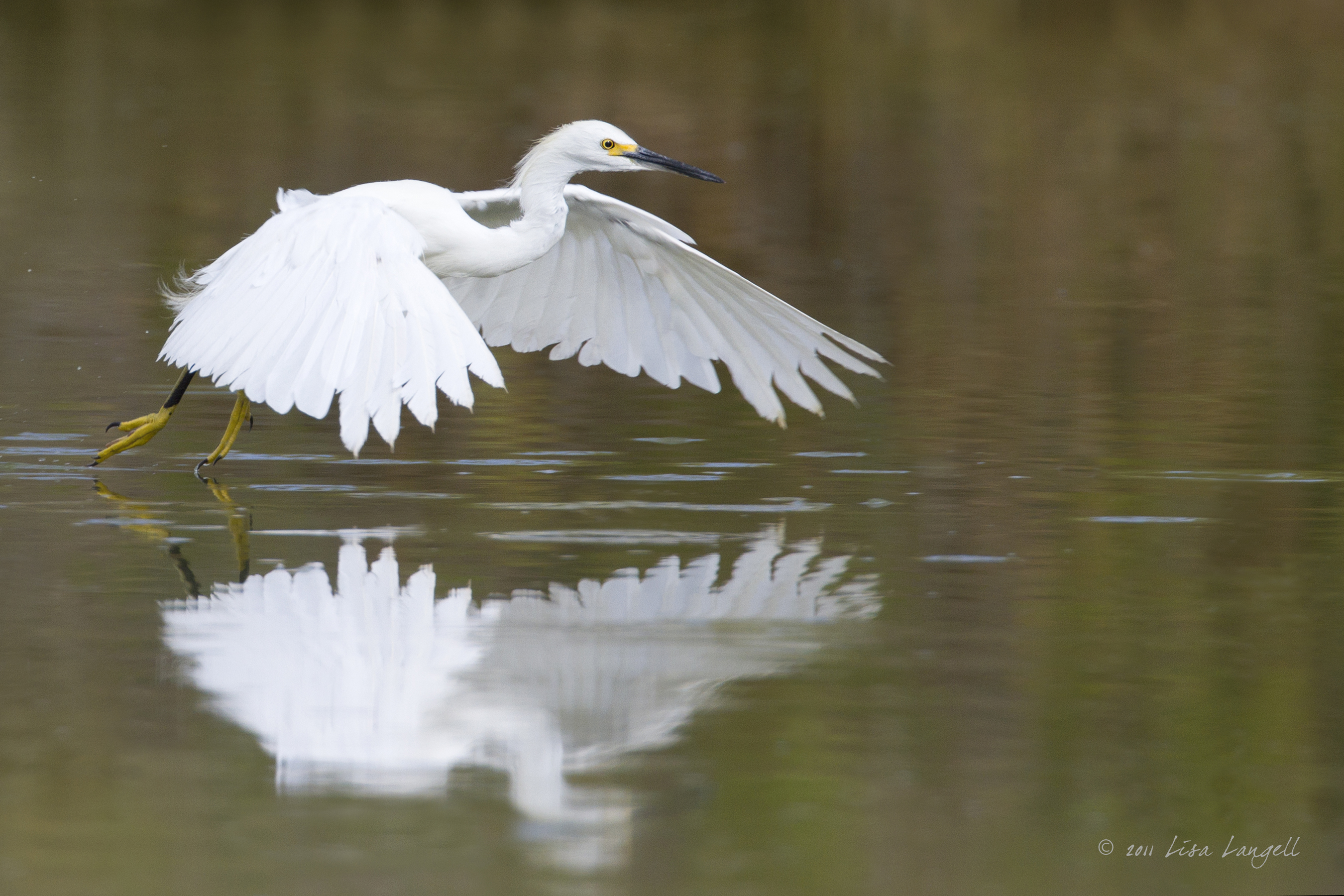
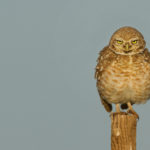
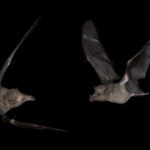

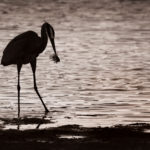
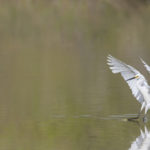
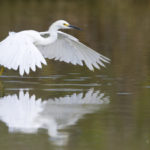





Comments by Admin